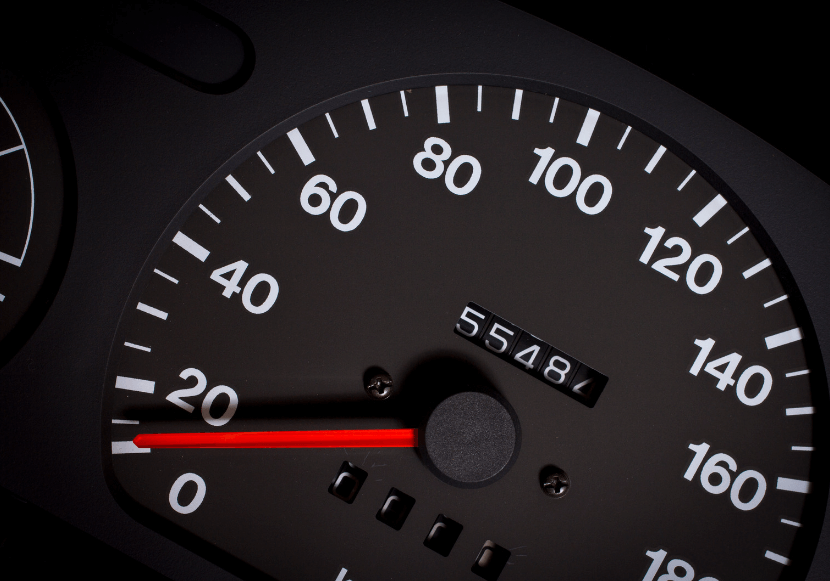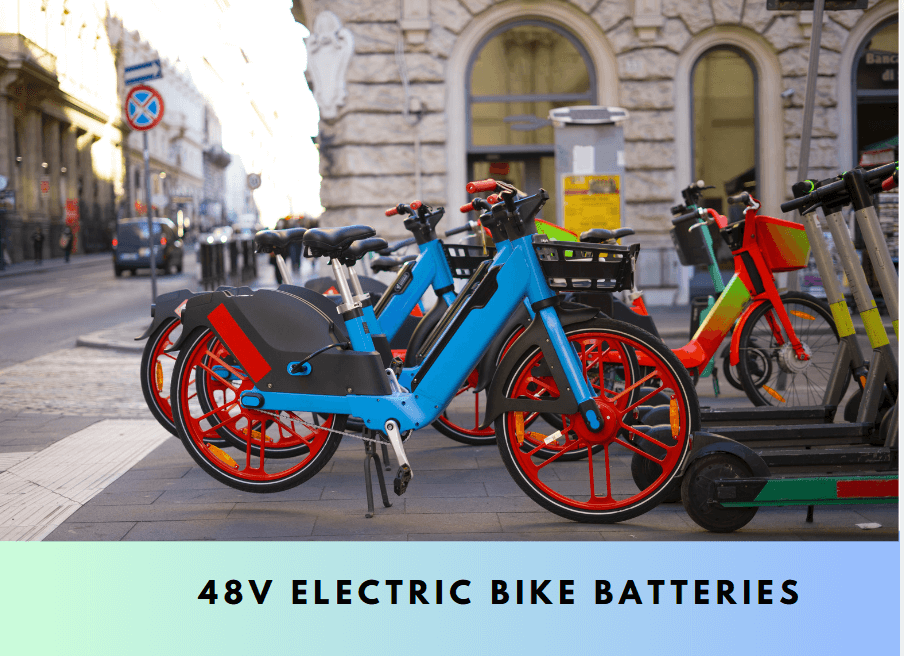
The two most common battery voltages on the e-bike market are 48V and 36V. But many times we do not understand exactly which one is good for me? don’t worry Which one is best for you and why it is a good option for you plus the key differences between 48V and 36V e-bike batteries. When you know this it will be easier for you to choose.
Learn the basics of e-bike batteries
Before making the comparison, it is very important for you to understand what these voltage numbers mean. Because voltage (V) indicates the battery’s electrical potential and is a measure of its power output. In simple terms, higher voltage translates to more power, which means higher speeds, faster acceleration and improved hill-climbing ability.
36V vs 48V Battery
36V Battery: Commonly found in entry-level or commuter e-bikes, 36V batteries provide moderate power, making them suitable for casual riders, city commuters, or those on flat terrain.
48V batteries: These are common in mid-range to high-performance e-bikes, providing more power and speed. They are often chosen by riders who are looking for a quick ride, good acceleration and improved performance in the mountains.
See for yourself which one is best for your riding needs

1. Power output and speed
36V e-bike battery : The 36V battery is designed for a smoother, more controlled riding experience. They provide enough power for casual riding, urban commuting and flatter terrain. A 36V battery will be sufficient for most riders who prefer a comfortable ride without the need for fast acceleration.
However, due to the lower voltage, this battery offers slower performance than the 48V model. Depending on the motor and other factors like weight and terrain, you can expect an average speed of around 15-20 mph.
48V e-bike battery : The 48V battery provides a noticeable increase in power and speed. With a 48V setup, you can expect faster acceleration, more torque and higher speeds. Riders can typically reach speeds of up to 28 mph, especially with mid-drive or rear-hub motor systems.
If you’re looking for an e-bike that performs well on steep hills, takes off quickly or offers an adrenaline-pumping ride, a 48V battery is the best choice.
Note : So for more power and speed 48V should be the best choice
2. Range and efficiency
36V e-bike battery : 36V batteries tend to be more energy-efficient, making them a great choice for long rides where speed isn’t a primary concern. Because they draw less power per unit of distance, 36V systems can offer slightly longer range at lower speeds than 48V systems with similar capacities (amp-hours).
For riders traveling long distances at moderate speeds, a 36V battery can be an economical and efficient option, especially when paired with a low wattage motor.
48V e-bike battery : Although 48V batteries can deliver more power, they consume more energy to deliver that power. However, because the motor does not have to work as hard to achieve a given speed, 48V systems can be more efficient at higher speeds. This means that if you ride fast, the 48V battery will maintain a more consistent range than a 36V battery, which will drain faster under the same conditions.
When it comes to range, a 48V battery will usually allow you to maintain a high average speed while still offering a reasonable range.
Note: Tie – 36V for low-speed efficiency, 48V for high-speed range.
3. Weight and Size
36V E-Bike Battery : One of the advantages of 36V batteries is their lighter weight and more compact size. This makes the e-bike easier to handle and more comfortable for everyday use. Lighter batteries contribute to a more agile ride, which can be particularly beneficial in crowded urban environments or when maneuvering around tight spaces.
48V E-Bike Battery : 48V batteries are generally heavier and larger due to their increased energy capacity. The added weight can affect the bike’s handling, making it slightly less nimble compared to a 36V setup. While the difference in weight may not be drastic, it’s worth considering if you prefer a lighter bike.
If your riding involves frequent lifting, like carrying the bike upstairs or onto public transport, the lighter 36V battery could be more practical.
Note : 36V for lighter weight and portability.
4. Acceleration and Hill-Climbing Ability
36V E-Bike Battery : With a 36V battery, acceleration is typically slower, and the motor might struggle more on steep hills, especially when carrying a heavier load. While it can still handle moderate inclines, a 36V system requires more pedal assistance from the rider to maintain speed on uphill climbs.
48V E-Bike Battery : A 48V battery excels in acceleration and hill-climbing. The increased power means faster takeoff from a standstill, better handling of steep inclines, and less effort needed from the rider when climbing hills. This makes 48V systems popular among riders who frequently encounter hills or prefer minimal pedaling.
If your commute or ride involves tackling steep terrains or you simply enjoy quicker acceleration, the 48V battery will serve you better.
Note : 48V for better acceleration and hill-climbing ability.
5. Cost and Availability
36V E-Bike Battery : Generally, 36V batteries are less expensive than 48V models. They are more common in budget-friendly and entry-level e-bikes, making them accessible for riders looking for an affordable option. Replacement costs are also lower, which can be appealing for riders who want to minimize long-term expenses.
48V E-Bike Battery : 48V batteries tend to be more expensive upfront but often provide better performance and longer lifespan, making them a valuable investment for avid riders. The higher cost is justified by the added power and improved range, especially if you’re looking for a high-performance ride.
If cost is a deciding factor, the 36V battery is a more budget-friendly option. However, for riders prioritizing performance, the higher cost of a 48V battery might be worthwhile.
Note : 36V for lower cost; 48V for value in high-performance needs.
6. Compatibility with Motors
36V E-Bike Battery : 36V batteries are typically paired with motors rated between 250W to 500W, making them suitable for moderate speed and power. These motors are efficient for commuting, cruising, and short to medium distances. However, using a 36V battery with a more powerful motor may result in reduced performance and shorter battery life.
48V E-Bike Battery : 48V batteries are often paired with motors ranging from 500W to 1,000W, making them suitable for high-speed, high-torque applications. If you’re planning to upgrade your e-bike’s motor or use the bike for more demanding tasks (like off-roading), a 48V battery will better match the motor’s power requirements.
Note : 48V for high-power motors and versatility.
7. Battery Life and Longevity
36V E-Bike Battery : The longevity of a 36V battery largely depends on the riding conditions, frequency of use, and maintenance. Since 36V systems draw less power overall, they can often last longer per charge cycle under less demanding conditions.
48V E-Bike Battery : 48V batteries are designed to handle higher power outputs without overheating or overworking, potentially leading to a longer overall lifespan. However, the increased power draw means the battery may cycle faster than a 36V counterpart when used for high-speed rides.
In terms of durability, both battery types can last for several years if properly maintained.
Note : Tie – longevity depends on usage and maintenance.

Which battery is right for you?
We suggest you choose a 36V battery if you are a casual commuter, prefer a lightweight e-bike, focus on cost-effectiveness or primarily ride at moderate speeds on flat terrain.
And if you choose a 48V battery if you want higher speed, better acceleration, better hill climbing ability and are willing to invest more for a performance-oriented e-bike.
final thought
Both 48V and 36V e-bike batteries offer benefits, so understanding your specific needs is key to making the right choice. Before deciding which battery to go for you should consider factors like speed, range, budget and terrain
However if you found this comparison helpful, please share it with fellow e-bike enthusiasts! Explore more content on our website to learn about e-bike maintenance, battery care, and more tips to improve your riding experience.


















